Why you should never paint your entryway a dark color – according to a paint expert
Color guru Edward Bulmer urges you to avoid this popular paint tip – for a distinct first impression

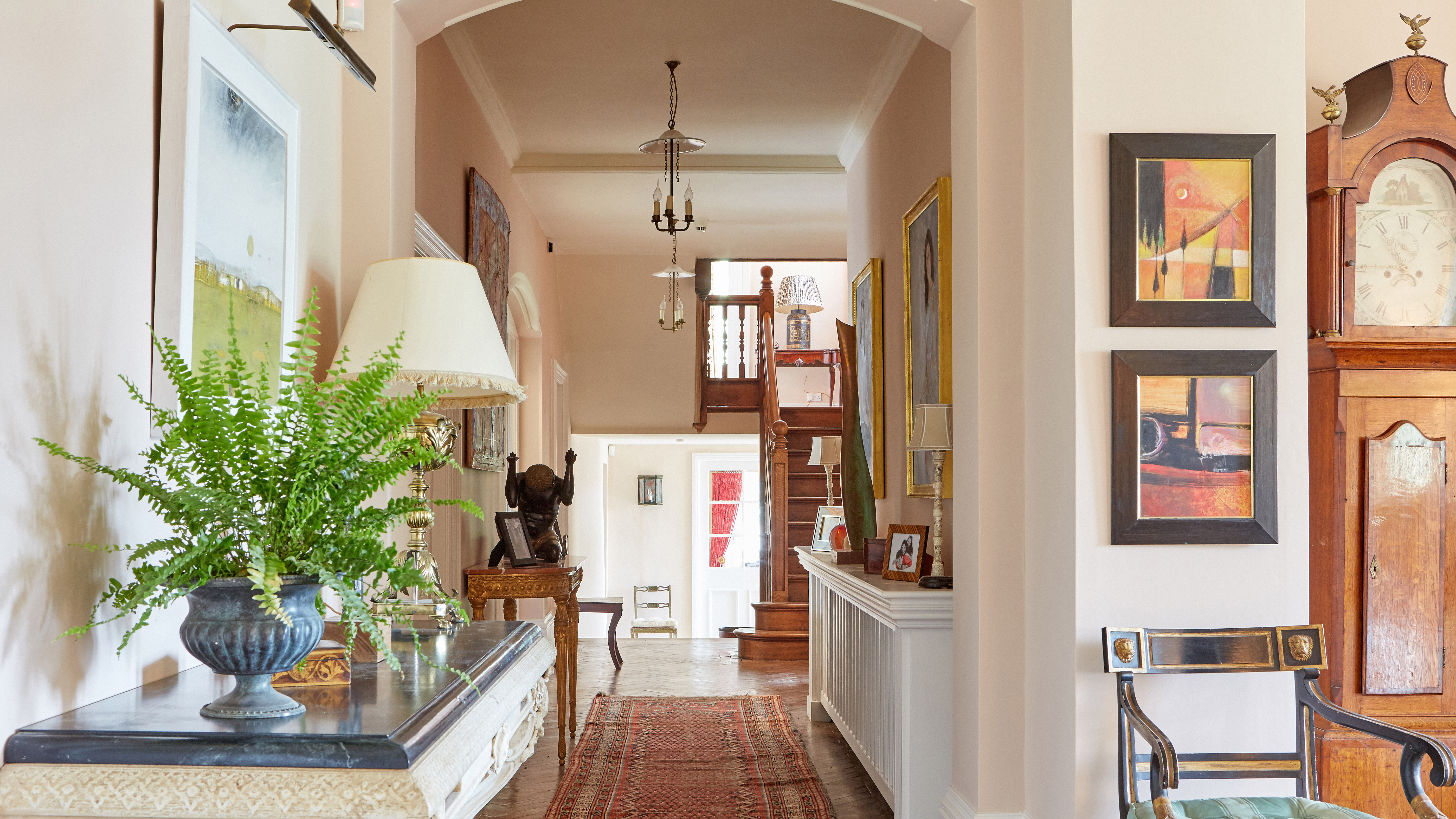
When it comes to a small entryway, there is one rule that designers often re-emphasize: go dark. This idea is bold but is believed to create the illusion of space by blurring the room's boundaries – and distracting the mind from its size. However, paint expert Edward Bulmer argues otherwise.
When it comes to entryway ideas, the color specialist and founder of the eponymous paint label Edward Bulmer urges you to go neutral. And his argument is rooted in century-old traditions that stand the test of time.
Why you should use neutral colors in a hallway – according to Edward Bulmer
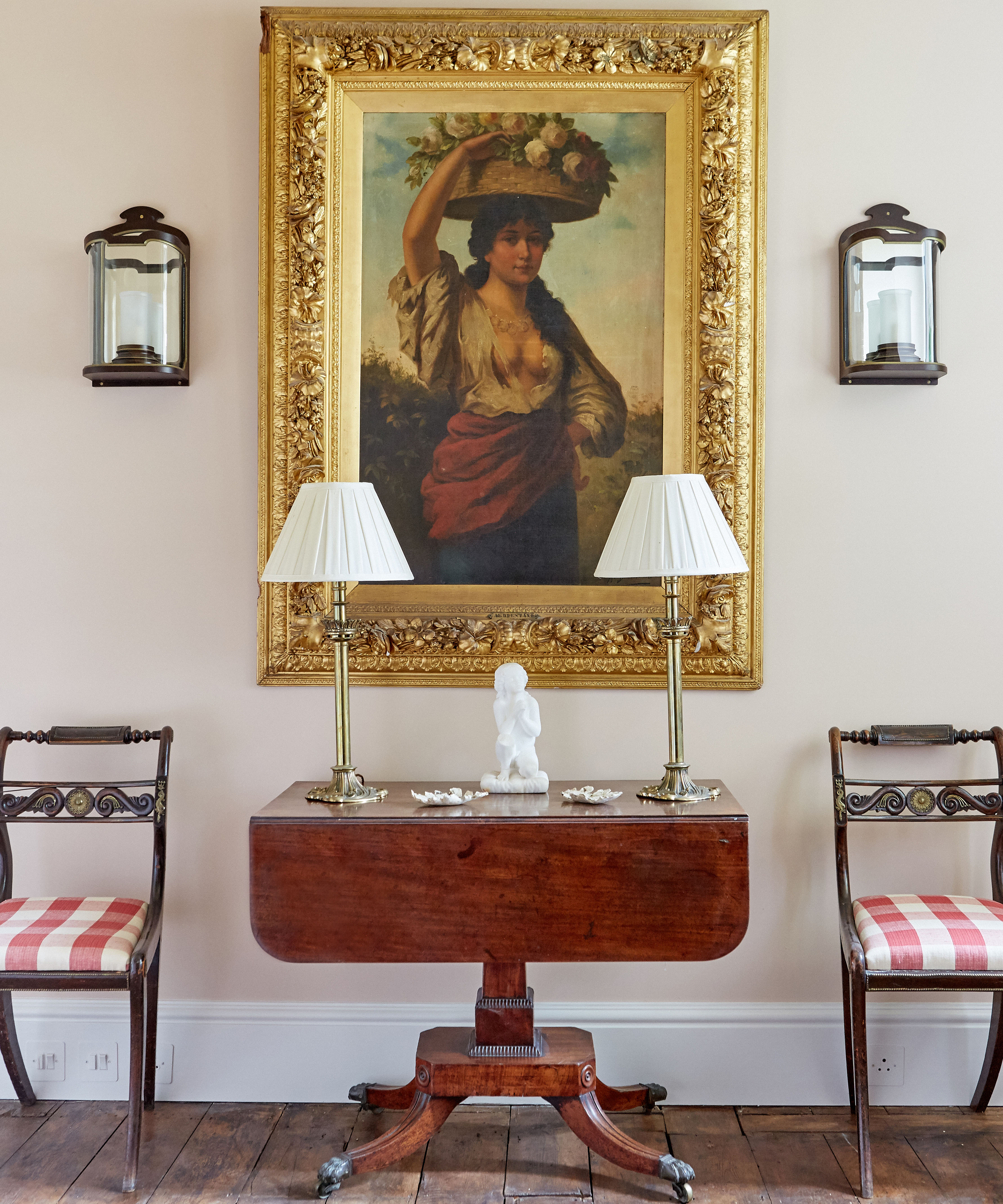
In an interview with H&G, Edward explains how your entryway will benefit from more neutral paint ideas.
Light tones – to reflect light across a space
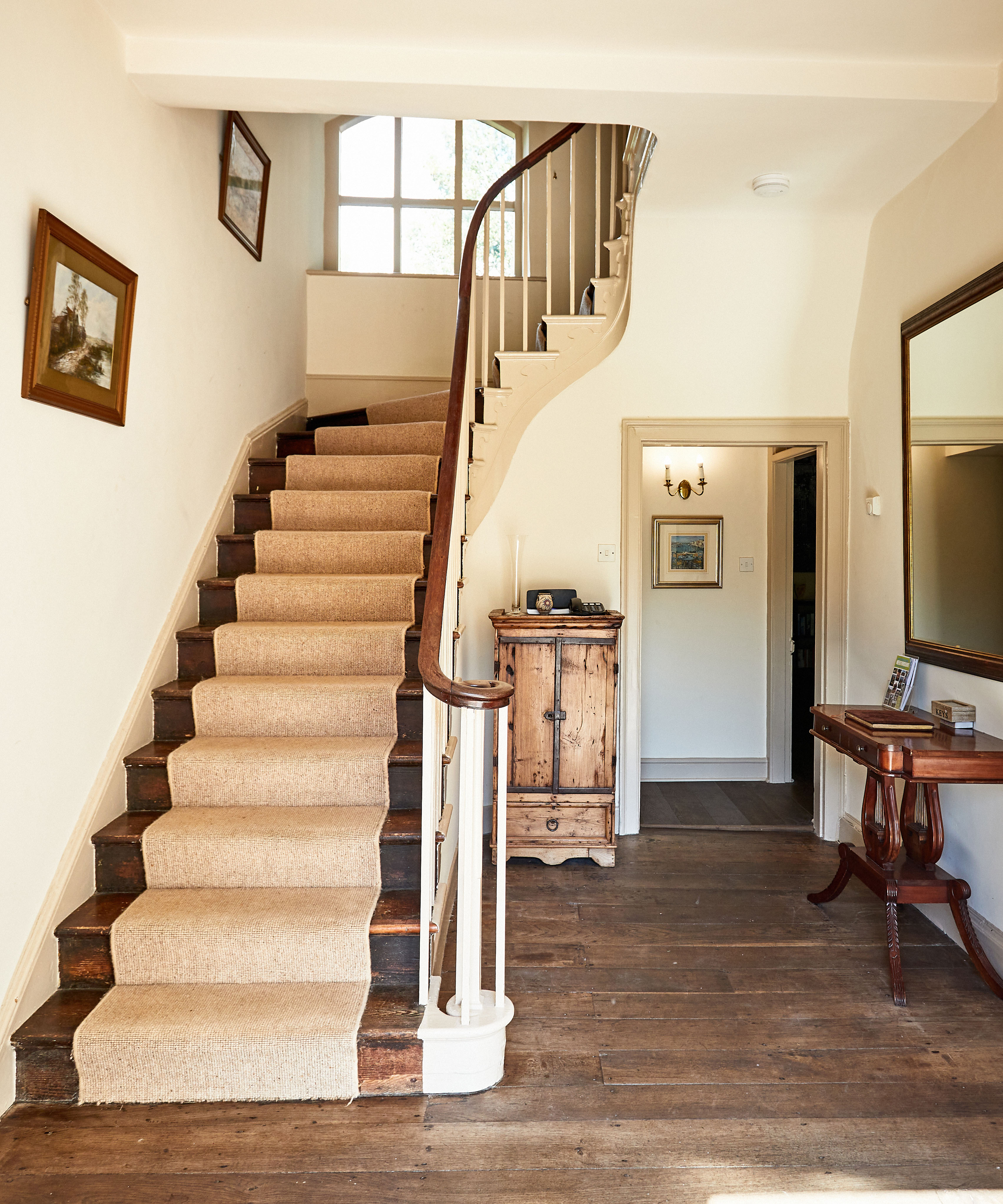
While dark paint has the potential to accentuate your space, Edward suggests that lighter, neutral colors (especially off-white) will reflect more light across your space.
This theory dates back to a time before electricity when historic homeowners would paint their entryway in a light shade to brighten their space. However, this isn't the only benefit to a more neutral tone.
Neutral hues – to create a distinction between spaces
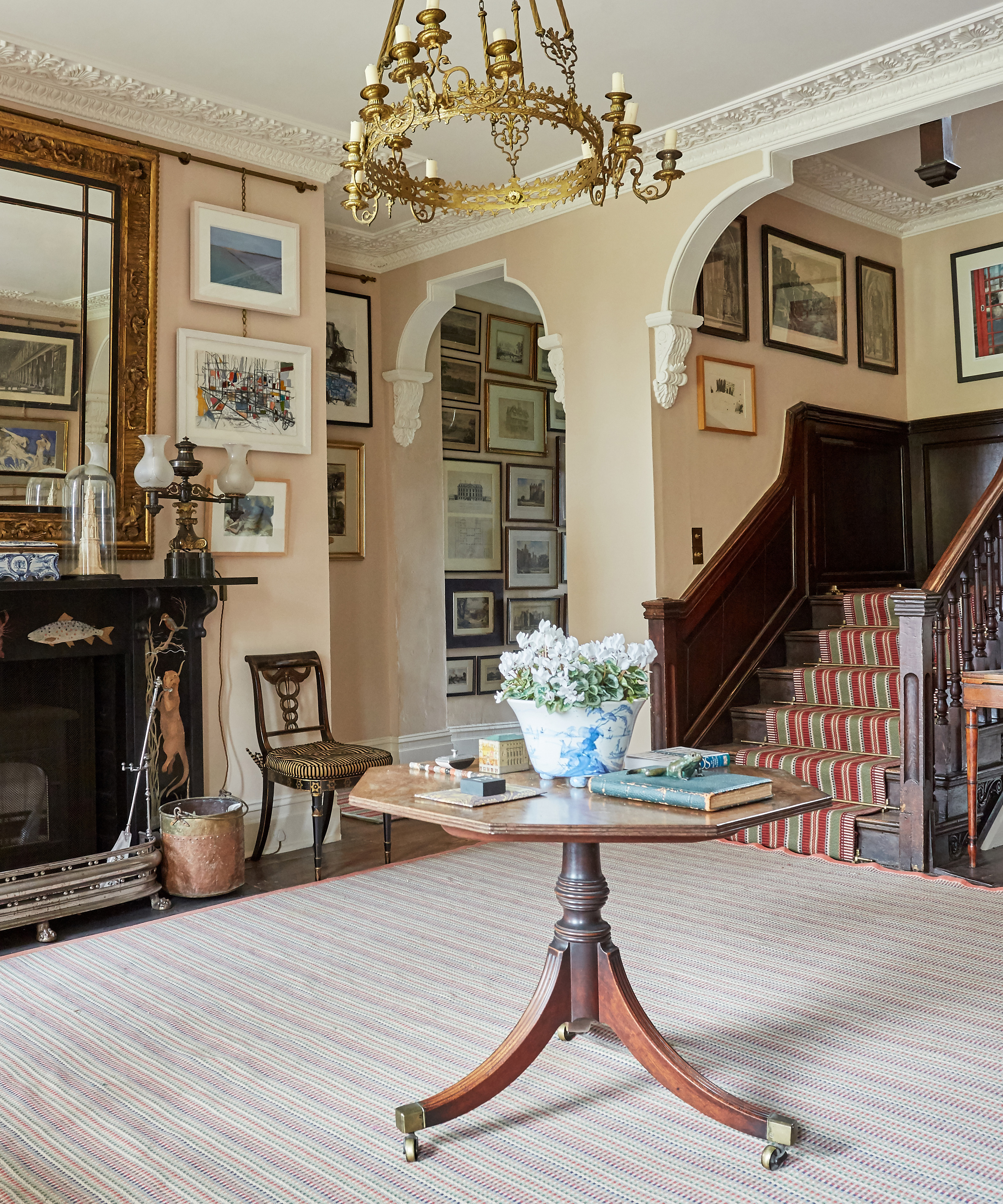
'I don’t believe in dark entryways at all,' Edward says. This is because an entryway is a place you 'go through at all times of day, in all sorts of moods' so you should save color for more intimate rooms where you spend more time of your day.
This will make a destination between the rooms that bring comfort and the rooms that have a purpose.
Design expertise in your inbox – from inspiring decorating ideas and beautiful celebrity homes to practical gardening advice and shopping round-ups.
'If you like big, bold colors, then use them in the rooms where you advocate. You use these rooms for comfort. You sit there, and you consider your colors,' he says. 'I don't; it's important to paint a hall dark to make a great confident statement about yourself.'
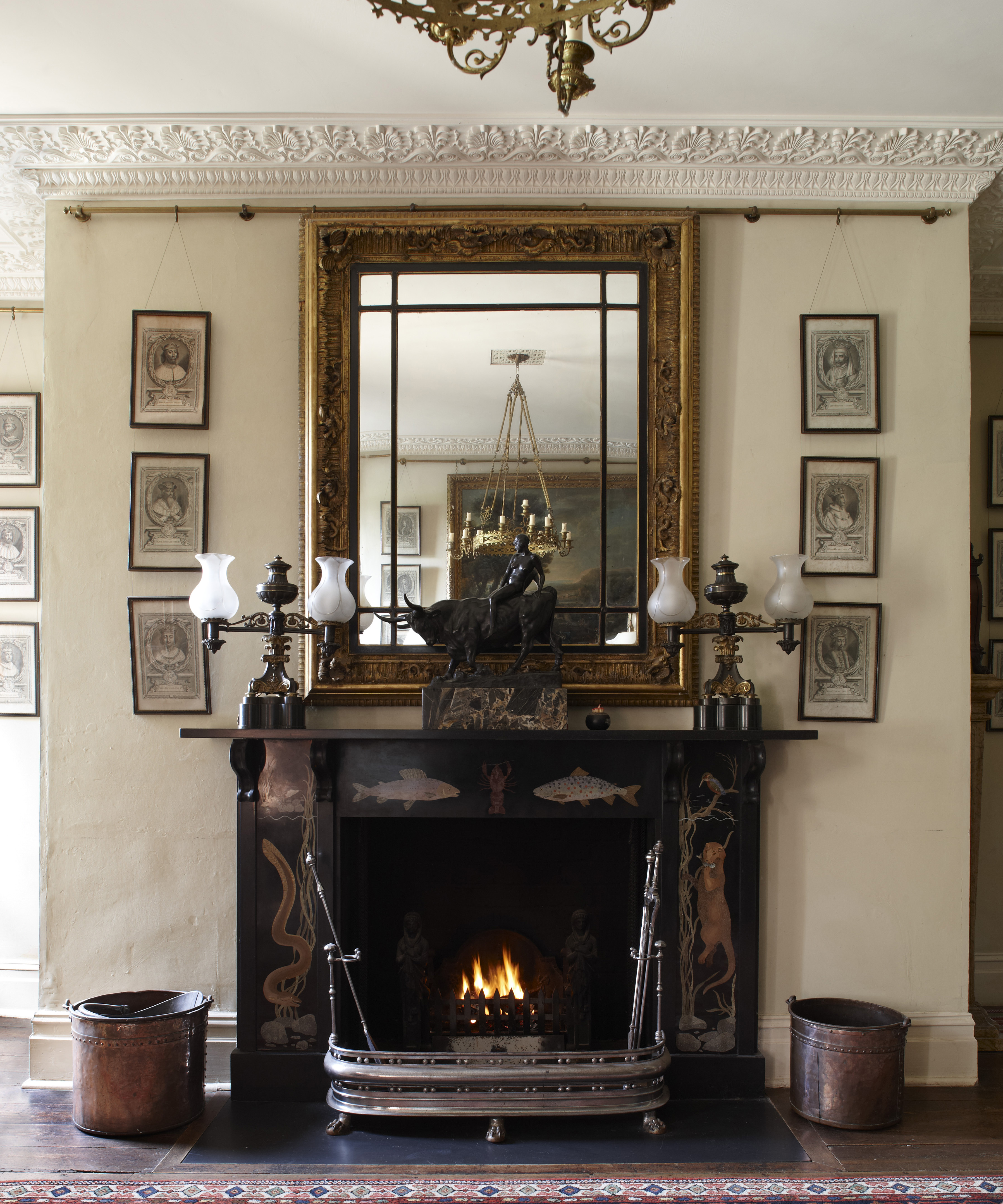
And while light-colored entryways create a distinction between your rooms, they blur the lines between the outdoors – as this is the first (and last) space that guests see. 'For me, it's making that transition from your intimate, personal spaces to the great outdoors,' Edward says. 'That was very much a conscious thing in the past.'
For more hallway paint ideas from Edward, you can take a course via Create Academy that launch at the end of this month.

Megan is the Head of Celebrity Style News at Homes & Gardens, where she leads the celebrity/ news team. She has a history in interior design, travel, and news journalism, having lived and worked in New York, Paris, and, currently, London. Megan has bylines in Livingetc, The Telegraph, and IRK Magazine, and has interviewed the likes of Drew Barrymore, Ayesha Curry, Michelle Keegan, and Tan France, among others. She lives in a London apartment with her antique typewriter and an eclectic espresso cup collection, and dreams of a Kelly Wearstler-designed home.